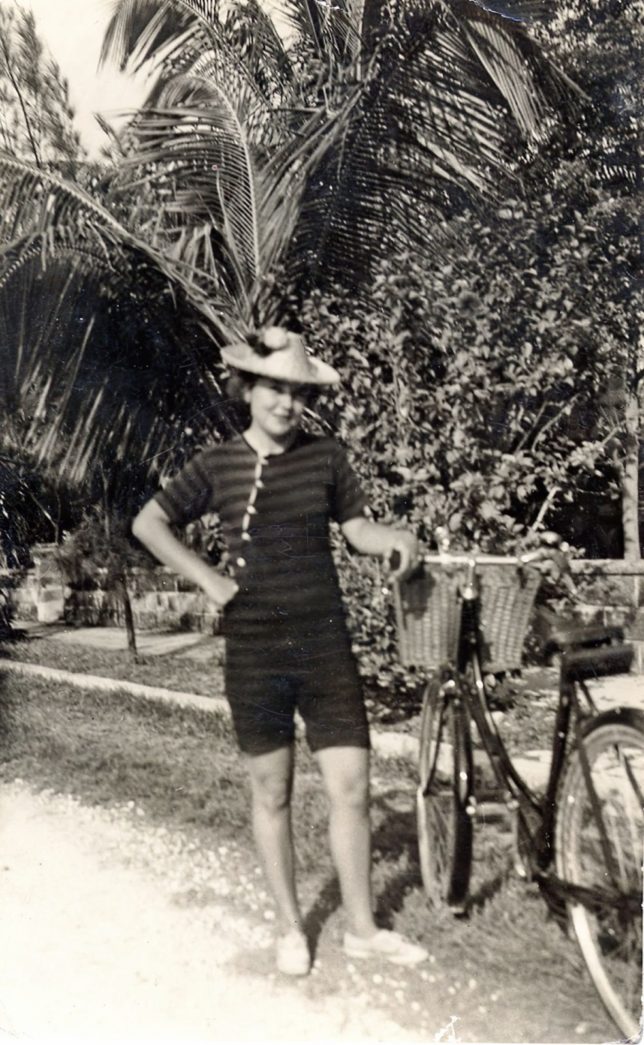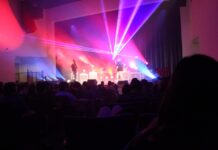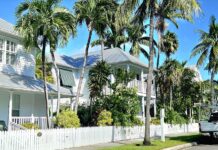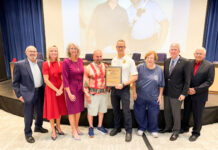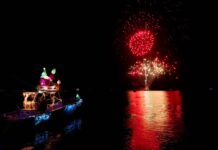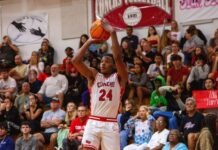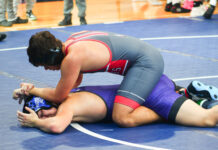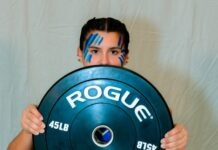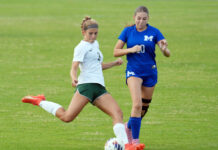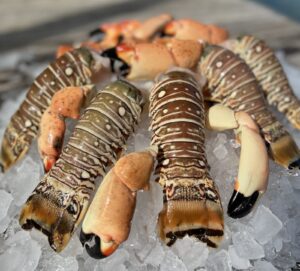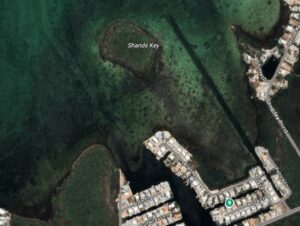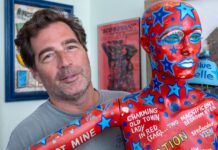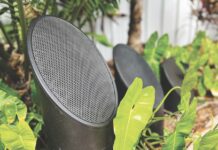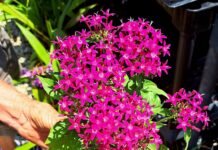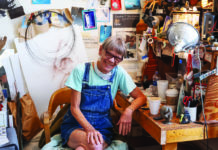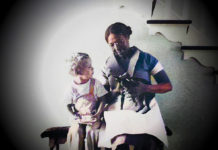
When the poet Elizabeth Bishop first visited Key West in 1937 she sent letters to faraway friends describing the island.
“The houses here, with all their scrollwork that looks as if it were cut from paper, are very pretty, and everyone has rows of magnificent plants all across the railings of the lower verandahs,” she wrote.
But almost immediately she saw beyond the lush tropical charm and appreciated the weirdness of the place.
Telling a friend about the room she rented she wrote, “It is right across from the courthouse and every day I can watch the convicts in their black-and-white stripes at work. They are allowed to be ‘at large’ here during the day, and they have to ‘report back’ to the jail at nine o’clock — otherwise they’re locked out! I saw a woman who lives around the corner washing her husband’s convict pants in the back yard. It is such a nice town — I hope you’ll come here some time.”
She mailed the letters off enclosed with woman’s tongue leaves, seagrape leaves, parrotfish scales, and the occasional draft of a poem.
Bishop and her partner Louise Crane returned in 1938 and bought a house at 624 White Street. It was an eyebrow house with vertical tongue-and-groove siding that ran slightly ragged just below the sill beams.
This was during the fiscally bleak times in Key West, just four years after the city was declared insolvent, just three years after the Labor Day Hurricane laid waste the Overseas Railroad. They paid $2,000 for the place and spent another $500 on repairs and improvements, which included moving the house about ten feet further back from the street until it sat snug up against the cistern.
It was a two bedroom, two bath eyebrow house, two stories, with the roof hanging down over the upper story windows in that unique Key West style that was supposed to keep out the heat but did not. They had built-in bookshelves and cabinets installed in what would be the library, and a giant fan installed in the attic that would create a breeze by sucking hot air up through the entire house and shooting it out vents the gable ends of the attic.
Louise spent a lot of time fishing. Bishop continued her explorations of the island, befriending the recently-divorced Pauline Hemingway, going to rhumba night at Sloppy Joe’s in a Hermes scarf and a “tight white satin evening dress,” visiting a carnival in the “vacant lot beside the burnt-out cigar factory,” and watching the rain run down the walls beneath the leaky roof of a studio she rented for the painter Loren MacIver. (MacIver who would go on to be the first woman to have her work included in the permanent collection a the Museum of Modern Art.)
Bishop was at the beginning of her career and wrote a great deal — letters, poems, stories — that she mailed off to editors at journals and magazines around the country. She also drew and painted island scenes — the Armory down the street, the Conch houses, the cemetery, the poinciana tress.
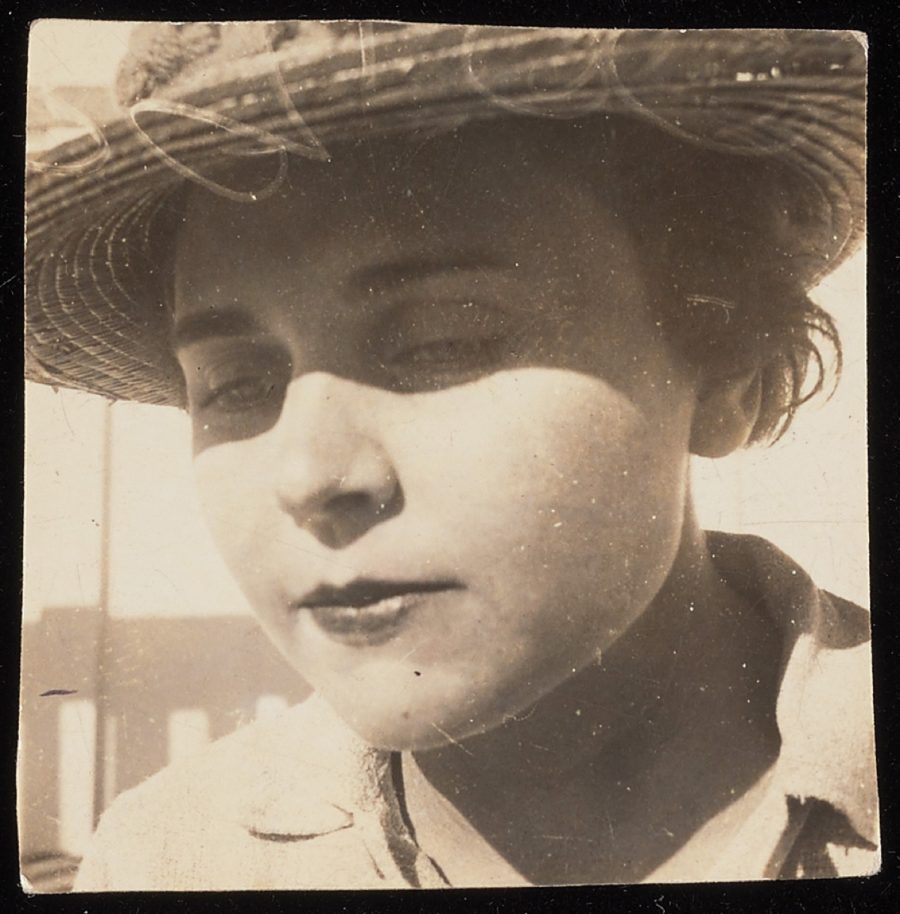
In my favorite instance of her earning her Key West bona fides, she wrote about going to the cabinet one day, pulling out a bowl to put some flowers in, and seeing black specks. She said to her housekeeper, Mrs. Almyda.
“I think we might have mice,” Bishop said.
Mrs. Almyda “took the bowl over to the light and studied it and after a while she said, ‘No, them’s lizards’…”
Arlo Haskell, executive director of the Key West Literary Seminar, points out that Bishop was largely unpublished when she first came to Key West.
“She hadn’t written that first book yet. And, her approach as a writer turned when she came to Key West,” said Haskell.
“She had written a handful of these surrealist-tinged poems that were very much in her head — they were these imaginary landscapes. And then she comes to Florida and to Key West for the first time. And she’s really struck by what she sees here. She starts writing more naturalistic, close-eyed, closely-observed kind of poems that draw from the landscape,” he said.
“I think Key West was very important in her development as an artist and as a poet,” Haskell said. “It’s different from, say, Hemingway who is always the ready example. But Hemingway was already well established, well known and had a pretty well developed style when he came here. Key West didn’t change Hemingway as a writer so much as it gave him new material to write about. But I think for Bishop Key West really was a kind of catalyst for her.”
Bishop published her first book, “North & South,” during her time in Key West. She went on to publish several more volumes of poetry, win the Houghton Mifflin Poetry Prize Fellowship, multiple Guggenheim Fellowships, the Pulitzer Prize, the National Book Critics Circle Award, and numerous other honors, including the title Consultant in Poetry at the Library of Congress, a position more commonly known in modern times as the U.S. Poet Laureate.
Still, in her lifetime, Bishop was not exactly a household name.
“She was a poet, she was a woman, and she was gay — one successive marginalized group after another,” said Haskell.
Over the years, though, her reputation and impact have grown beyond her being seen as just a poet’s poet. Several book-length critical studies, biographies, and appreciations have been published, as well as collections of her letters, her paintings, and her prose, which includes essays written while in Key West about the artist Gregorio Valdes and the Mercedes Hospital. There’s also been a feature film starring Miranda Otto, and a documentary.
Her work tends to resonate with, well, anyone who reads it — both poetry lovers and people who view poetry as something of a foreign land. (The first time I read her work it was Xeroxed and thumbtacked to a decidedly non-poetry-reading friend’s bathroom wall.)
Elizabeth Bishop and Louise Crane’s relationship eventually ended, and Crane, coming from a wealthy family, conveyed her half of the house to Bishop in 1942. Bishop tried for several years to hold on to the property, often renting it out while she lived elsewhere on the island. That also proved to be an unsustainable model, with Bishop finding herself spending more time repairing the damage caused by tenants than writing poetry.
She sold 624 White Street in 1946 to Lisbeth Weymouth, whose family kept the property, either living in it or renting it out, until 2019, when they sold it to the Key West Literary Seminar for $1.2 million dollars – a sale that was made possible by a low interest loan and a $300,000 matching grant from the Helmerich Foundation, as well as the support of several other benefactors.
According to David Salay of Bender & Associates, the architect who is overseeing the renovation of the house, there’s a story that when Bishop sold the house to Weymouth, she told her not to change anything.
“And it appears that she did that. She did not mess with the house,” said Salay. “It’s kind of a time capsule. It looks almost exactly like it did in Bishop’s time in 1938. Which is super cool.”
“Most of the houses in Key West today are bought by pretty gosh darn wealthy people and they are promptly torn apart and altered to today’s standards and likes. People put in what are modern interiors for the time, and they end up kind of out of fashion, like a seventies kitchen. And it sticks out like a sore thumb. And somehow this house avoided that,” said Salay. “You don’t see houses like this any more.”
It helps that the house was largely constructed out of the legendarily resilient Dade County pine.
The intent is to do as unobtrusive a renovation as possible, to add air-conditioning, but to do so with five small units that will be largely invisible and will not alter the house’s historic character, to insulate under the house and in the attic, to restore the original louvered shutters, to shore up some of the pilings the house sits on, and to repair and reseal the cistern, so it can collect water to support the landscaping.
“A lot of the stuff we’re gonna do, hopefully you’re not gonna see,” said Salay.
The plan is for house to become the day-to-day headquarters for the Key West Literary Seminar, which puts on an annual event that fills the San Carlos Institute, as well as several smaller workshops and programs for students. It is also to be a venue for readings, discussions, and other small-scale events.
“Part of our mission has always been to tell the history of, of literary Key West and to see that that history continues today — that it’s not just heritage, but an active and ongoing thing. The house gives us a physical manifestation of that mission. It will really add to our ability to reach both the local audience and a national audience. It really puts Key West literary history right at the foreground of what we do as an organization,” said Haskell.
One of Bishop’s best known and most beloved poems, written decades after her time in Key West, is “One Art,” which starts with, “The art of losing isn’t hard to master…” and goes on to make a devastating list of the people and things that had slipped from her life’s grasp. In it she writes, “three loved houses went,” and you know, if you know anything to be true, that 624 White Street was one of those houses.
But maybe it’s not lost to everyone.
